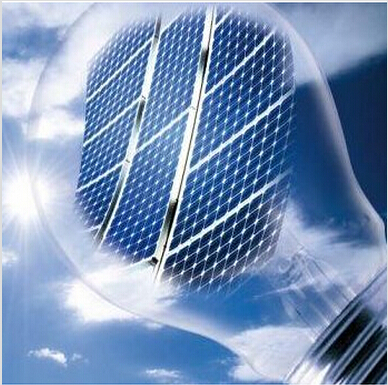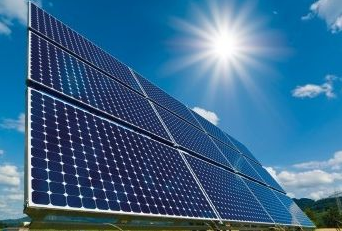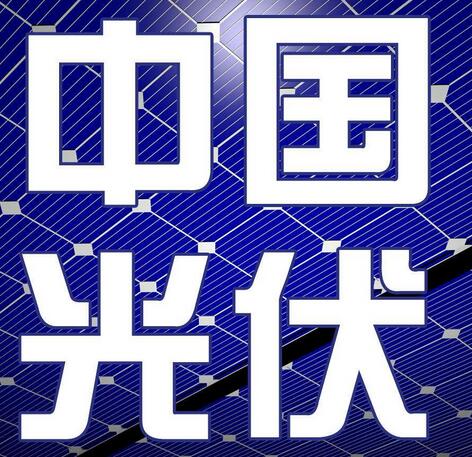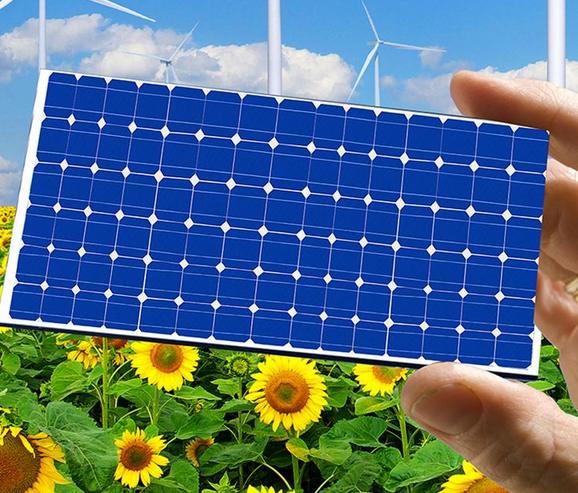Combined with the trend of PV development in 2017, the foreign media portrays 10 trends in the 2018 world PV market.
1. Global solar bidding continued to surge
In 2017, a total of 53 countries participated in the bidding or auctioning of photovoltaic projects, an increase of 21 compared with 32 in the second half of 2016. In 2018, it is estimated that 29 new countries are implementing tendering or auction programs.
2. The global market is diversified, but big countries still dominate
China, the United States, India and Japan will continue to dominate demand in 2018, but their share of the global overall market will fall from 82% in 2017 to 72% in 2018.
The number of countries that install 1GW and above annually will reach 14 from the current 9. Countries such as Brazil, Egypt, Mexico, the Netherlands and Spain crossed the 1GW threshold for the first time in 2018.
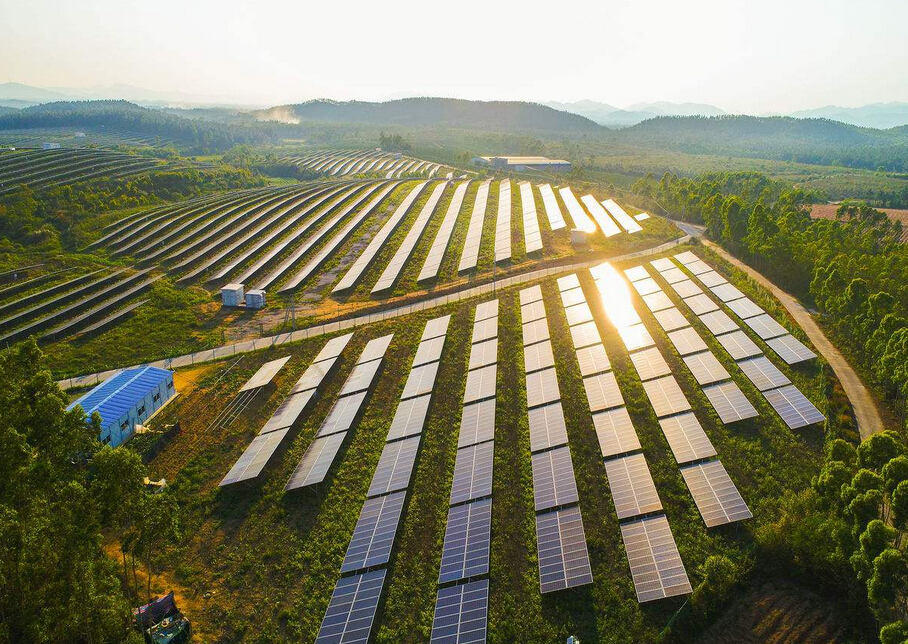
3. The U.S. market is expanding
The 18 states in the United States will add 1GW and above of PV installed capacity between 2018 and 2022.
4. Photovoltaic can compete or even compete with coal and natural gas
According to the Global Solar Demand Monitor report, the recent bidding for PV projects is driving the average PPA to compete with coal gas costs.
5. Component supply bumpy road
Overcapacity ratio is the ratio between available capacity and demand. If the healthy solar module ECR range is defined as between 30% and 60%, then when the ECR is within this range, the module price can be reduced at a steady price. When the ECR exceeds this range, the market oversupply, the price will be more Fast speed down.
Looking forward to 2018, the first half of the year will be in a tight supply and demand environment and the situation in the second half will be oversupplied. This means that the price soared in the first half of the year, but the risk of a rapid devaluation in the second half of the year. However, the price appreciation in the first half of this year may be limited due to suppliers clearing excess inventory in the supply chain.
6. System balance costs will become an important driver of cost reduction
By 2018, the cost of system balancing will still account for a large share of the costs of large-scale PV power plants. In addition to reducing hardware costs, efficiency improvements, efficient components, and 1500V systems will provide BOS cost savings to help solar compete with power generation sources in other markets around the world.
7. Micro-inverters will go beyond centralized and string inverters
Micro-inverters and DC optimizers currently account for only a small portion of the entire inverter market, but as the distributed power generation market continues to grow and the focus on safety will result in continued expansion of this market.8. US residential solar system prices remain high
Residential solar systems in the United States are priced more than other major OECD solar markets.
In the United States, states vary widely in pricing. "Changes in hardware costs, wages, taxes, licenses, and market fundamentals will bring the price difference between states to 68 cents a pound."
9. Energy storage continues to be included in solar projects
The report states: More than 350 bidding projects (83%) are for the development and storage of renewable energy.
10. Tariffs will hinder the US solar market
According to GTM analysis, the Trump administration's decision to impose tariffs on imported solar cells and components will result in a 11% drop in U.S. solar PV installed capacity over the next five years. Compared with the previous forecast, from 2018 to 2022, the installed capacity of solar photovoltaic will be reduced by 7.6GW. The projects under construction or hoarding will ease the impact on the 2018 installations and the tariff reduction will have a greater impact on the downstream market in 2019. Large-scale solar business will be more affected than residential solar energy, will account for the next five years to reduce the estimated 65% of 7.6GW.
















 RCCN WeChat QrCode
RCCN WeChat QrCode Mobile WebSite
Mobile WebSite